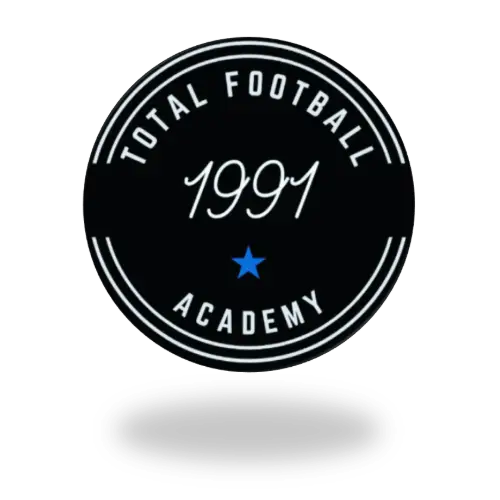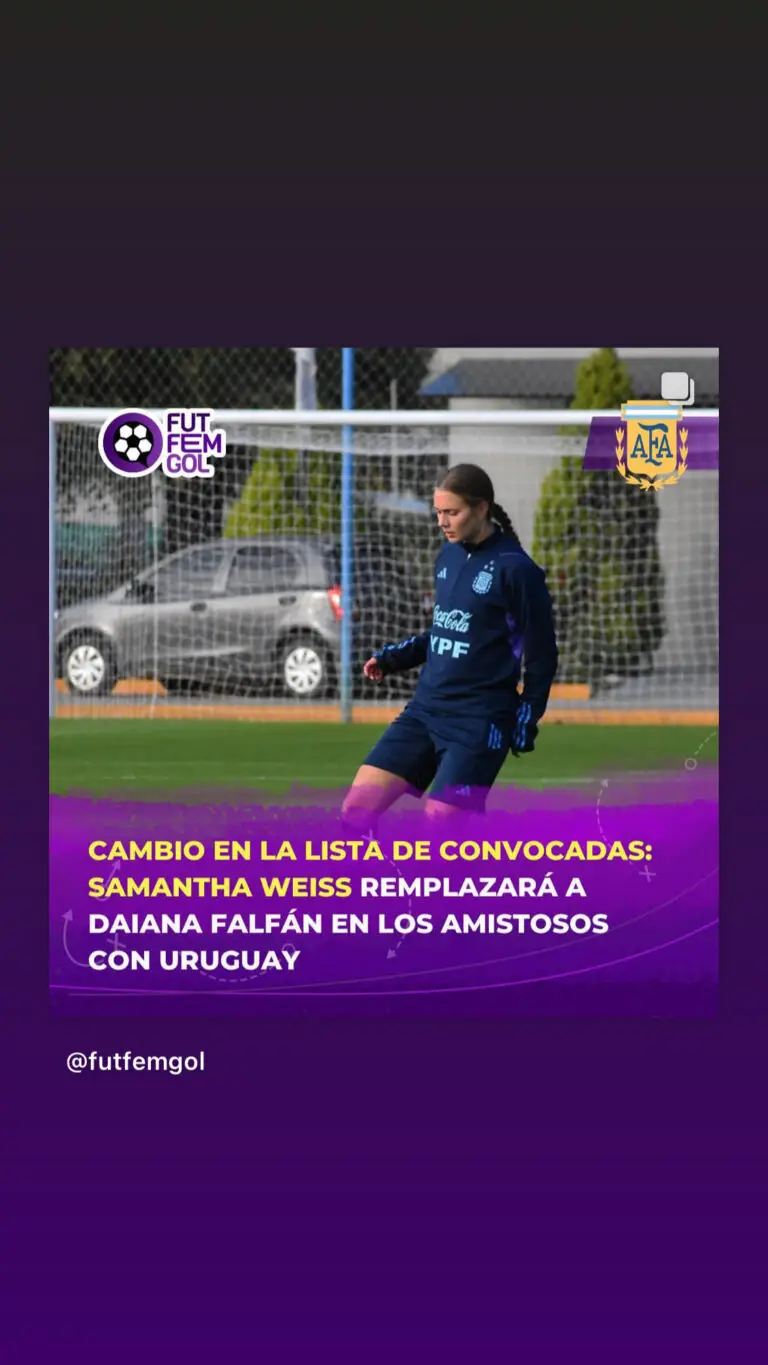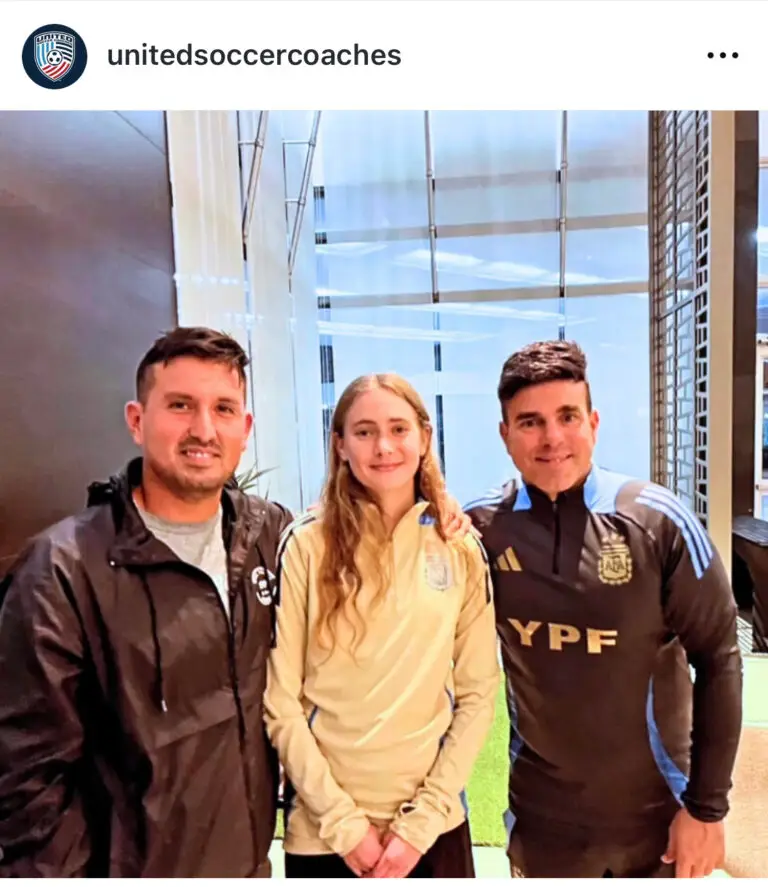Soccer Development in the Fog: Looking Back to Move Forward
Soccer Development in the Fog: Looking Back to Move Forward
Let me start with a simple question:
If soccer is such a simple game…
why does youth soccer feel so complicated?
Most weekends, you’ll see the same scene across the country:
Parents driving an hour (or more) to games.
Kids in full uniform, bouncing between teams, leagues, clinics, ID camps.
Group chats buzzing about “pathways,” “levels,” “exposure,” and “being seen.”
Everyone is trying their best.
Yet almost nobody feels clear.
That’s the fog.
Somewhere along the way, the simple, joyful game that many of us grew up playing in streets, parks, and schoolyards turned into a project to manage. We built systems, pathways, and programs—but in the process, we quietly misplaced one of the most important pieces of player development.
And it’s not a new app, a magic drill, or a secret scouting connection.
It’s unstructured play.
The Baby Who Teaches Us About Development
To understand what went wrong, it helps to step away from soccer for a second.
Think about how a baby learns to walk.
No parent says,
“If I don’t find the right walking coach, my kid will never figure this out.”
We intuitively trust the process:
– The baby pulls up on a chair.
– Wobbles. Falls. Tries again.
– Cruises along the couch. Lets go for one second, then two.
– Crashes onto the diaper. Laughs or cries. Tries again.
As adults, what do we do?
– We make the environment safe.
– We encourage.
– We offer a hand when needed.
We don’t:
– schedule “elite walking sessions” three times a week,
– compare our child’s “walking résumé” to the neighbor’s,
– panic if they walk a few months later than someone else.
We trust that with time, space, and repetition, their body will figure it out.
Now imagine a fictional world where we don’t trust that process.
Suddenly there are:
– “High-Performance Walking Centers”
– “Walk in 3 Weeks” intensives
– Experts selling the “5 Pillars of Elite Walking”
Babies get strapped into devices, parents obsess over charts, and walking becomes a test instead of a natural stage of growth.
Fast forward twenty years: you’d have adults who technically can walk, but never fully trust their own movement without someone coaching them through every step.
That’s the same mistake we’ve begun to make with soccer.
Instead of trusting that kids, a ball, and some space can ignite real development, we’ve tried to engineer every touch, every session, every decision. We turned a natural process into a tightly managed project.
And in doing so, we quietly suffocated a key ingredient:
Freedom.
The Street We Drove Past
Let’s come back to a very real picture.
You’re driving your child across town to training. GPS says 26 minutes. Your kid’s in the backseat, scrolling, half-tired, half-checked-out after a long day of school.
On the way, you pass a park.
No uniforms. No cones. Just a bunch of kids in random shirts chasing a ball on a beat-up patch of grass. No coach, no parents yelling instructions, no camera pointed at them. Somebody scores and sprints away, arms wide. Somebody else argues whether the ball crossed the line. They fix it, restart, and keep playing.
Your kid looks up, watches for a second, then looks back down at the phone.
You keep driving.
You’re not a bad parent. You’re doing what you’ve been told is “the right thing”:
– A good club
– A serious coach
– Organized training
– Travel tournaments
But that messy little field you drove past?
That’s the missing classroom.
Because in those “pointless” pickup games, kids quietly learn things no structured session can fully replicate:
– Creativity: there’s no script, so they invent.
– Decision-making: they solve real problems in real time, without adults pausing the game to lecture.
– Resilience: they fall, they get fouled, they get nutmegged, they argue and still keep playing.
– Leadership and social skills: they pick teams, balance sides, negotiate rules, resolve disputes.
– Joy: the ball belongs to them, not to a clipboard.
No one labels this as development.
But that’s exactly what it is.
What the Numbers Quietly Tell Us
This isn’t just nostalgia.
If you look at global data on which countries produce the most professional players, the same few names keep showing up at the top: Brazil, France, and Argentina. Year after year, they export thousands of players to leagues worldwide.
Each country has its own structure and academy system—but underneath all of that, you find the same core pattern in how those players grew up:
– In Brazil, kids play pelada—informal pickup games on beaches, streets, and tight spaces in their neighborhoods.
– In Argentina, kids talk about the potrero—dusty, uneven lots where games go on for hours with mixed ages and no adults directing every move.
– In France, many stars come from the banlieue cages—small-sided courts squeezed between apartment blocks, where the ball never really goes out of play.
Different cultures. Different surfaces. Different languages.
Same foundation:
A childhood full of unstructured, kid-owned play.
By the time those kids reach an academy, they’ve already logged thousands of creative, chaotic, self-directed touches. The academy builds on something rich.
In many parts of the U.S., we’ve flipped that script.
We invest heavily in the academy, the travel team, the tournament, the showcase—
but we’ve quietly starved the base layer of free, messy pickup play.
We built a beautiful house for soccer…
and forgot to leave space for a backyard.
The American Model: Great House, Missing Backyard
The U.S. is incredible at building systems.
We know how to:
– form clubs
– organize leagues
– brand programs
– run massive tournaments
Our house looks great from the outside: uniforms, lights, turf, team photos, college showcases.
None of that is inherently bad.
But when soccer mostly lives inside:
– car rides,
– monthly invoices,
– official training blocks,
we start to confuse organized activity with true development.
We also unintentionally send a message:
“Soccer lives in the places adults create and control.”
In many other football cultures, the message is almost the opposite:
“Soccer lives wherever kids can find a space and a ball.”
That difference matters.
Because the game you own hits different than the game you’re constantly being delivered.
So What Do We Actually Do?
I’m not arguing that we burn everything down.
We don’t need to abolish clubs, tournaments, or coaching. We need them.
What we do need is to put a missing piece back into the picture and treat it as non-negotiable—especially in the early years:
Regular, unstructured play for fun.
Not as a cute bonus.
As a pillar.
Here’s what that can look like in real life.
For Parents
– Protect pickup like practice.
Put “park games” or “backyard futsal” on the calendar. Invite a couple of teammates. Let them figure out teams and rules.
– Calm the car ride.
After games, instead of the play-by-play critique, try:
“Did you have fun?”
“What was your favorite moment?”
“Anything you want to try differently next time?”
– Use your power to say no.
You are allowed to say:
“That’s too much travel,”
“We’re dropping one team,”
“We’re skipping this event so they can rest and play locally.”
Your job isn’t to build the perfect résumé by age 13.
It’s to protect your child’s long-term relationship with the game.
For Coaches
– Make room for chaos on purpose.
Use part of your session (especially at younger ages) for real games with minimal coaching: 3v3, 4v4, winner-stays-on. Step in only for safety or big behavior issues.
– Talk less during play.
Save most of your feedback for breaks. Let kids make—and own—their decisions during live play.
– Stop sorting kids too early.
Be cautious about heavy labels at 8, 9, 10 years old. Kids grow, change, and surprise you. Your role isn’t to predict who will “make it,” but to keep as many doors open as possible for as long as possible.
Joy, curiosity, and self-organization are not extras.
They’re part of your curriculum.
For Players
If you’re a player reading this, here’s the truth:
The best players in the world did not wait for adults to give them permission to play more.
You don’t need:
– perfect turf,
– a ref,
– a full-size goal,
– or a trainer on the sideline.
You need:
– a ball,
– a small space,
– and a couple of friends.
Be the one who sends the text:
“Park at 5?”
“Bring a ball.”
And then in those games, try the things you’re scared to try in official matches.
That’s your lab.
Use it.
Looking Back to Move Forward
If soccer feels confusing right now, you’re not crazy.
We’ve layered so many “solutions” on top of the game—leagues, badges, pathways, badges on badges—that we’ve accidentally started solving problems that weren’t broken.
We don’t need to scrap everything and start over.
We do need to pick up an old puzzle piece we’ve left rusting in the corner:
Kids.
A ball.
Some space.
The freedom to play.
We can still have our clubs, our leagues, our tournaments, our technology.
But they should sit on top of a foundation of everyday, kid-owned play, not replace it.
So if you’re wondering where to start, don’t overthink it.
– Text a few families.
– Meet at a park.
– Drop two hoodies as goals.
– Let the kids run it.
Do that once, and it’s just a nice afternoon.
Do it week after week, and you’re not just filling time.
You’re quietly doing the most powerful thing you can for a young player:
You’re giving the game back.



